Is it possible to have a sub-panel that is also connected to the main AC power coming in?
Well you probably wouldn’t get much pleasure from a sub panel that is unpowered so...
Is it possible to have a sub-panel that is also connected to the main AC power coming in?
Well you probably wouldn’t get much pleasure from a sub panel that is unpowered so...
Why wouldn’t it have any power?
All sub-panels are, as the name implies, a "sub" off a "main". So the configuration is a breaker in the main panel that feeds the sub-panel. Being more specific, the 40 or 50 amp breaker goes in your main panel. Then HEAVY cable from the main panel to the sub-panel (separate discussion on size of cable). This 40/50 amp feed acts as the main feed for the sub-panel. Each breaker in the sub-panel draws from this single line to the main panel, which in our case is a single feed and thus all on the desired same phase.
Upside down is pretty straight forward to fix if you want. Tunrn breaker off, remive cover plate, remove the two screws the hold the outlet in, carefully tun the outlet upside down. Repeat in reverse.
Is it possible to have a sub-panel that is also connected to the main AC power coming in?
Glad you got it done. Sorry it wasn't as easy as I made it sound.
Which is stiffer, 10 Ga wire or your back after doing the work? I wish you a fast recovery.
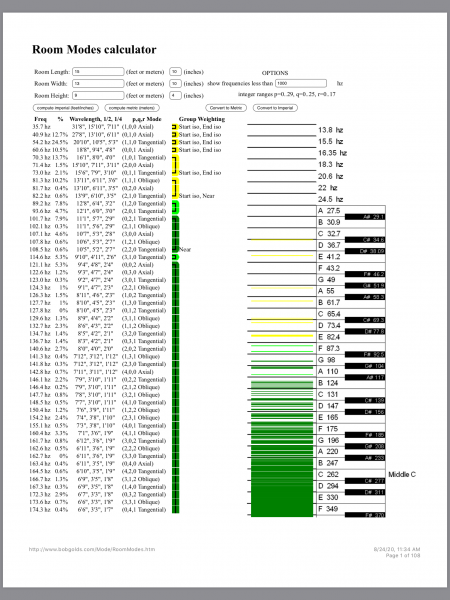
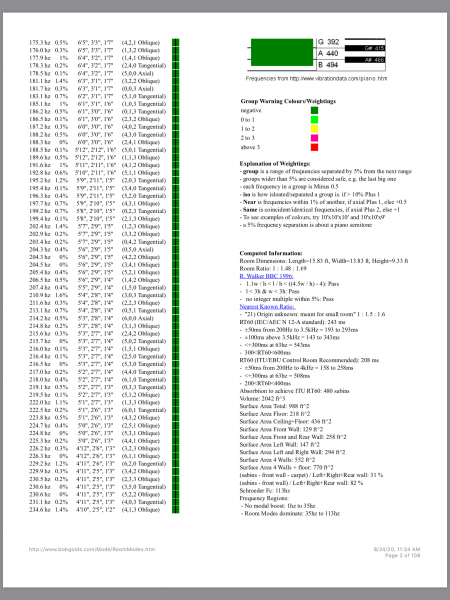
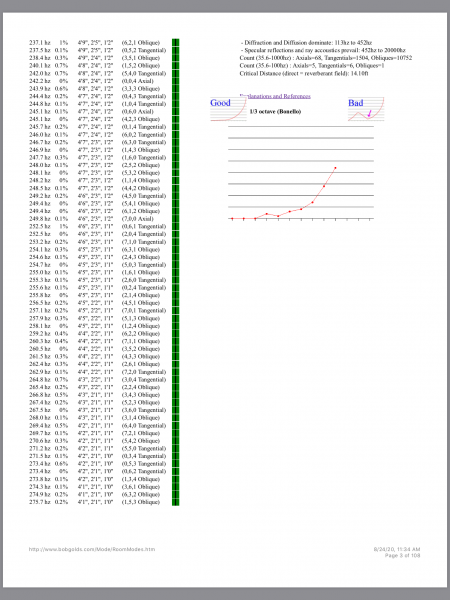
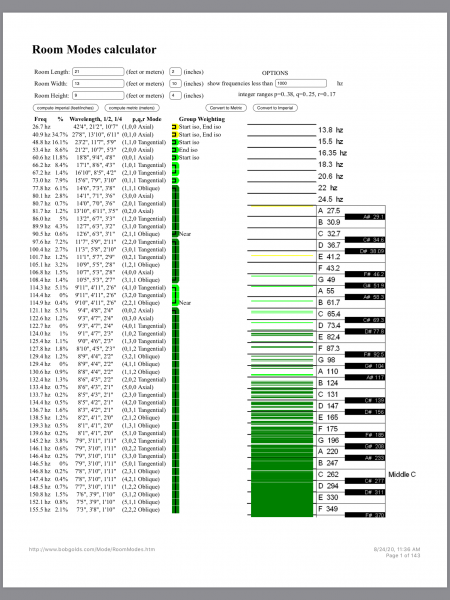
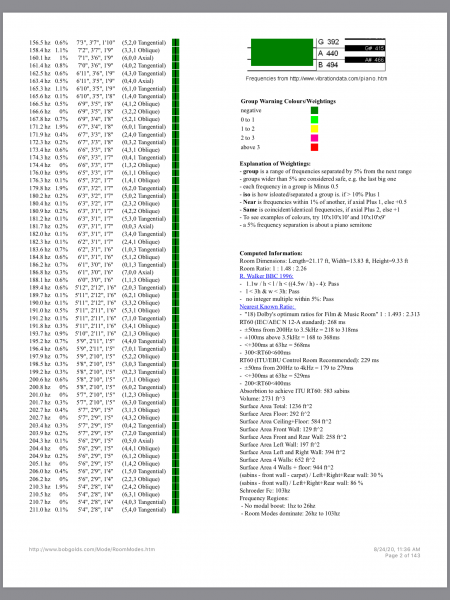
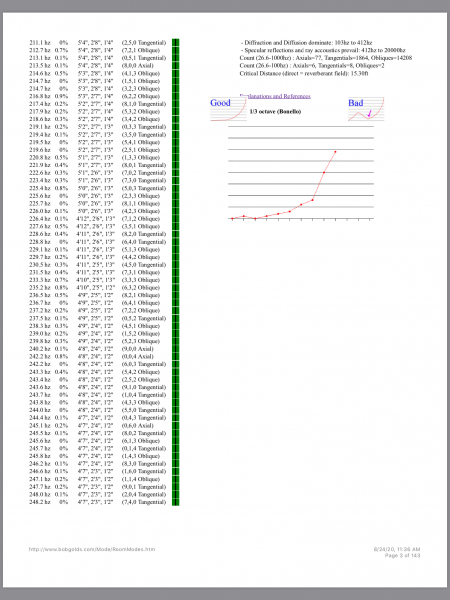
If one requires greater than 15A (or 20A) per outlet, then individual circuits to adjacent outlets is the solution. But if there is no such current demand by the audio equipment then there's really no point in separate circuits other than perhaps future scalability. These "separate circuits" are shorted in the sub panel or main breaker box anyhow.
Pretty much anything can be done legally and correct. It comes down to $ and benefit.Is it possible to have a sub-panel that is also connected to the main AC power coming in?
Don't know why that should be a problem. When my dedicated listening room was built I used a licensed electrician and he installed the JPS Labs wire as I requested.Thanks. Yes, I plan to run 20A lines and outlets into the room. But a question. Will a licensed electrician (I’m in the U.S.) use “audiophile” parts? For example, I would like to use either JPS Labs or Audience in wall AC cable, but neither of these are what a licensed electrician would normally use. I’m not sure if either one of these is UL listed.
Lol do you think it matters ?That's what I did. With each run the same length.
Use ten gaugeThanks. Yes, I plan to run 20A lines and outlets into the room. But a question. Will a licensed electrician (I’m in the U.S.) use “audiophile” parts? For example, I would like to use either JPS Labs or Audience in wall AC cable, but neither of these are what a licensed electrician would normally use. I’m not sure if either one of these is UL listed.
It’s just fodder from experts who post as industry experts and then tell people with eng degrees and lisc Electricians have no place to comment on. Over size grounds. Use 10/3 mc cable and only use white and black wire . Then use red and internal ground wire as one ground. Use a pigtail at outlets coz you cannot attach 2 10 gauge wires to outletBy the way, I agree that all wire runs to duplex outlets should be the same length to avoid ground loops.
Unfortunately, I could not figure out how to accomplish this in my particular situation, as the audio sub-panel was outside the listening room just past the front left corner of the listening room, and the front-end equipment is diagonal from that corner and is past the rear right corner of the listening room into an adjacent equipment room all the way on the other side.
From the sub-panel the length to the near duplex outlet is about 7 feet, and the length to the far duplex outlet is about 70 feet. (I have 3 to 2 prong AC adapters ready in case I need to lift any grounds.)
There is always a need for separate circuits and for the record any dedicated circuit is min 12 gauge hence 20 ampsIf one requires greater than 15A (or 20A) per outlet, then individual circuits to adjacent outlets is the solution. But if there is no such current demand by the audio equipment then there's really no point in separate circuits other than perhaps future scalability. These "separate circuits" are shorted in the sub panel or main breaker box anyhow.
Yes and it’s best at minWell you probably wouldn’t get much pleasure from a sub panel that is unpowered so...
My electrician ran a 30A line from the main panel to a separate breaker box and JPS Labs "In Wall Wiring" (2 x 10 awg plus 12awg ground) from there to a 20A Oyaide R-1 wall outlet which easily accepted the wire. The dedicated line and outlet are grounded back to the main panel. He also installed an Environmental Potentials EP-2050 Waveform Corrector and an EP-2750 Ground filter on the main panel for me. Everything was completed without a hitch and five years in I have never experienced a ground loop or any type of hum.It’s just fodder run you type experts post about and then tell people with eng degrees and lisc Electricians have no place to comment on. Over size grounds. Use 10/3 mc cable and only use white and black wire . Then use red and internal ground wire as one ground. Use a pigtail at outlets coz you cannot attach 2 10 gauge wires to outlet
lastly use isolated ground hospital grade outlets. This stops ground loops Ron. Why it achieves a one ground path back to panel. Now there still can be possible ground issues but you have greatly lowered the potential over all.
Identical length runs using identical wire for your multiple dedicated lines avoids ground loop noise.Lol do you think it matters ?

